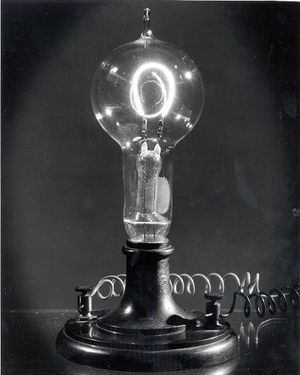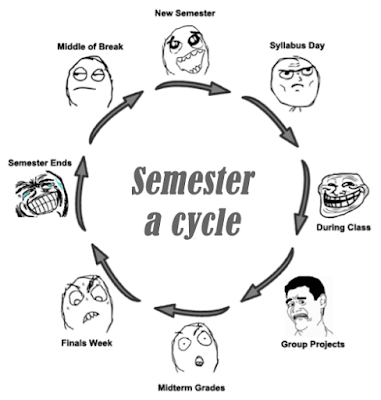Assignments due Friday, Nov 17th
Chapter 6 Section #3 Outline
Men Who built America Part 7
Chapter 6 Test will be the Mon Nov 20th
Assignments due Sunday, Nov 19th
Due by Sunday Night...Chapter 6 Section #4
Chapter 6 Quizzes
Men Who Built America Part 8
Industrial Revolution Project Submission - Sunday 19th by 11:59 PM
Unit 4 Standards (Industrial Revolution)
Chapters 5 & 6
10.3 Students analyze the effects of the Industrial Revolution in England, France, Germany, Japan, and the United States.
- Analyze why England was the first country to industrialize.
- Examine how scientific and technological changes and new forms of energy brought about massive social, economic, and cultural change (e.g., the inventions and discoveries of James Watt, Eli Whitney, Henry Bessemer, Louis Pasteur, Thomas Edison).
- Describe the growth of population, rural to urban migration, and growth of cities associated with the Industrial Revolution.
- Trace the evolution of work and labor, including the demise of the slave trade and the effects of immigration, mining and manufacturing, division of labor, and the union movement.
- Understand the connections among natural resources, entrepreneurship, labor, and capital in an industrial economy.
- Analyze the emergence of capitalism as a dominant economic pattern and the responses to it, including Utopianism, Social Democracy, Socialism, and Communism.
- Describe the emergence of Romanticism in art and literature (e.g., the poetry of William Blake and William Wordsworth), social criticism (e.g., the novels of Charles Dickens), and the move away from Classicism in Europe.
________________________________________________________________________
Objective:
After studying this chapter students should be able to:
1. Understand the causes of the Industrial Revolution in England, Europe, and the United States.
2. Be able to describe the technological innovations that spurred industrialization.
3. Be able to describe the social, economic, and environmental impact of the Industrial Revolution and to make connections between the impact of the Industrial Revolution and the ideological and political responses.
4. Understand the relationship between the industrialized world and the non-industrialized world as demonstrated in the cases of Russia, Egypt, and India.
Rationale:
The Industrial Revolution was the biggest social turning point in history, transforming the very way people lived their lives. Identifying the various social, political, and economic changes of the times is essential in understanding the period and the effects it had on the world.
Evidence:
Being able to identify and explain the effects of the Industrial Revolution on the living experience of people all of over the world will assist in understanding the different paths societies took as they developed.

___________________________________________________________________________________________
Essential question - How important is sanitation?
Change in the way work is done
Journal Entry (CH 6 Sec#2) - What technique was used by workers to get better conditions and pay?
As a result of these tactics, what changed?
___________________________________________________________________________________________
Today -
__________________________________________________________________________________________
Part 2 of the work assigned in this chapter - Watch and reflect on the History Channel's
Answers to the questions for part 7 will be due Tuesday Night, Nov 14th
Vanderbilt, Rockefeller, Carnegie and Morgan have gone un-monitored for decades, but American politicians are about to change that. They want to guard against monopolies and an unbalanced use of power. The men, some lifelong enemies, come together with a play to gain influence with the White House. Their candidate, William McKinley, wins the White House and passes legislation favorable to big business. Morgan and Carnegie create U.S. Steel, the first billion-dollar company in the U.S. while Rockefeller takes control of 90 percent of North American oil.
Key terms to define
ANTI-TRUST, CAPITAL, ELITE, LUCRATIVE, NICHE, PROSPERITY, RUTHLESS
Discussion Questions
1. Why were American workers upset at the time of the 1896 election? How did William Jennings Bryan attempt to address some of their concerns?
2. Why did the business tycoons put their support behind William McKinley? Were they successful?
3. What does “anti-trust” mean? Do you agree with the strategy of breaking up businesses that become very dominant in one industry?
There's only soooo much room and sooooo many resources
Essential Question - Why was he so wrong, or was he?
_________________________________________________________












